Time-Resolved GED at the University of York
With financial support from the EPSRC, the Wann Electron Diffraction Group commissioned a table-top instrument in 2013 that allows time-resolved gas electron diffraction (TRGED) experiments to be performed. In the TRGED instrument, electrons bunches are produced at the surface of a thin-film gold photocathode, housed in a compact electron gun design, using the harmonics of an 800 nm, 60 fs, 1 kHz Ti:sapphire laser. The electron bunches typically contain ~104 electrons and are accelerated by a potential of up to 100 kV towards the central diffraction chamber in which the TRGED experiments are carried out.
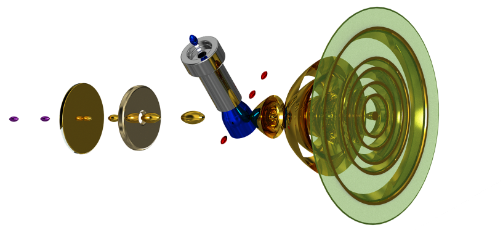
In our instrument at the University of York, TRGED experiments can be carried out with sub-picosecond temporal resolution. Although the electron bunches are generated with a sub-100-femtosecond pulse duration at the thin-film gold photocathode, space-charge repulsion causes the electron bunches to expand both spatially (laterally) and temporally (longitudinally) as they travel into the central diffraction chamber. In order to minimise the extent of the longitudinal stretching of the electron bunches and thereby obtain the optimum temporal resolution, the sample is introduced as close as possible to the thin-film gold photocathode in our instrument; the term "compact" is consequently used to describe the electron gun design. In order to minimise the extent of the lateral stretching of the electron bunches and thereby obtain the optimum spatial resolution, the electron bunches are laterally compressed by a solenoid lens; lateral compression increases longitudinal stretching, however, and so a suitable trade-off must be found.
Other ways of overcoming electron bunch broadening by space-charge repulsion include the use of RF electron bunch compressors and MeV electron sources. MeV electrons are used to perform TRGED experiments with sub-picosecond temporal resolution at the SLAC National Accelerator Laboratory (Stanford, US) where, in collaboration with the UED Initiative led by Xijie Wang, the Wann Electron Diffraction Group has investigated photoinduced dynamics that are too fast to be observed using our own TRGED instrument.
|
Features of the TRGED instrument:
|
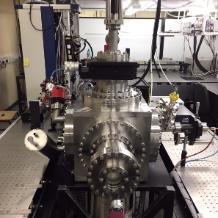 |
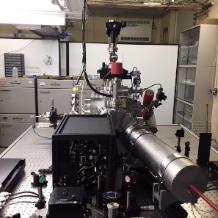 |
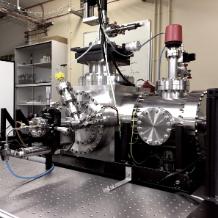 |
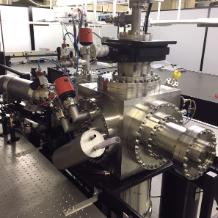 |
|
Samples studied during commissioning:
|
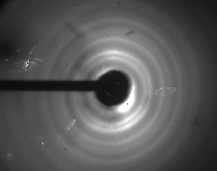 |
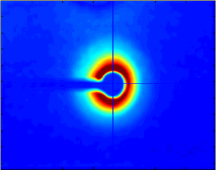 |
